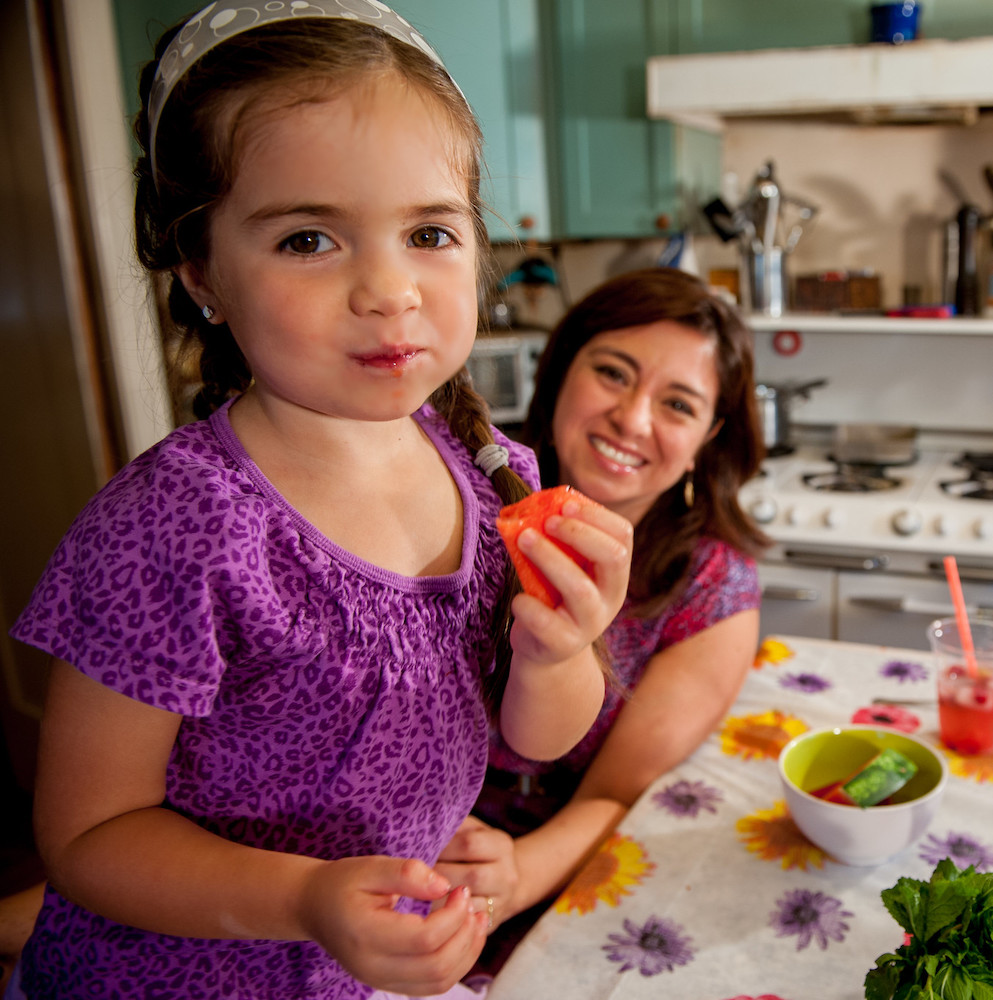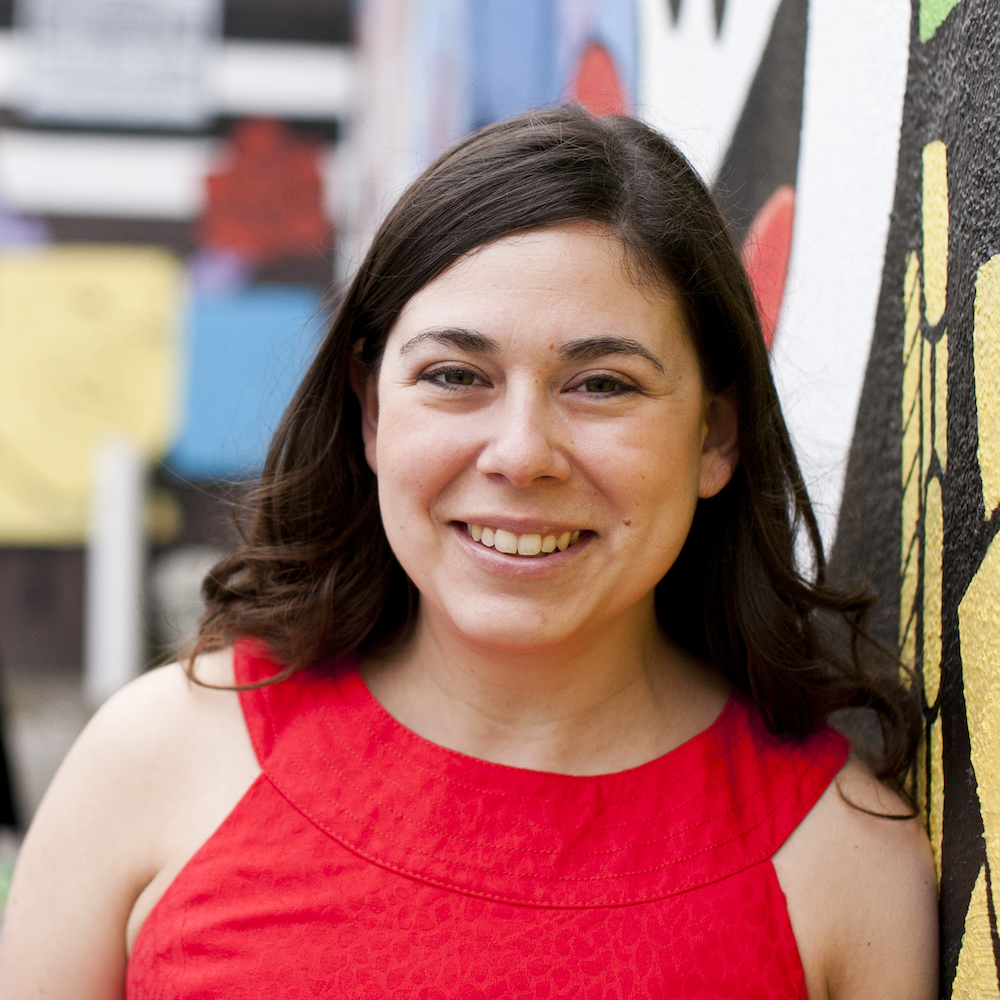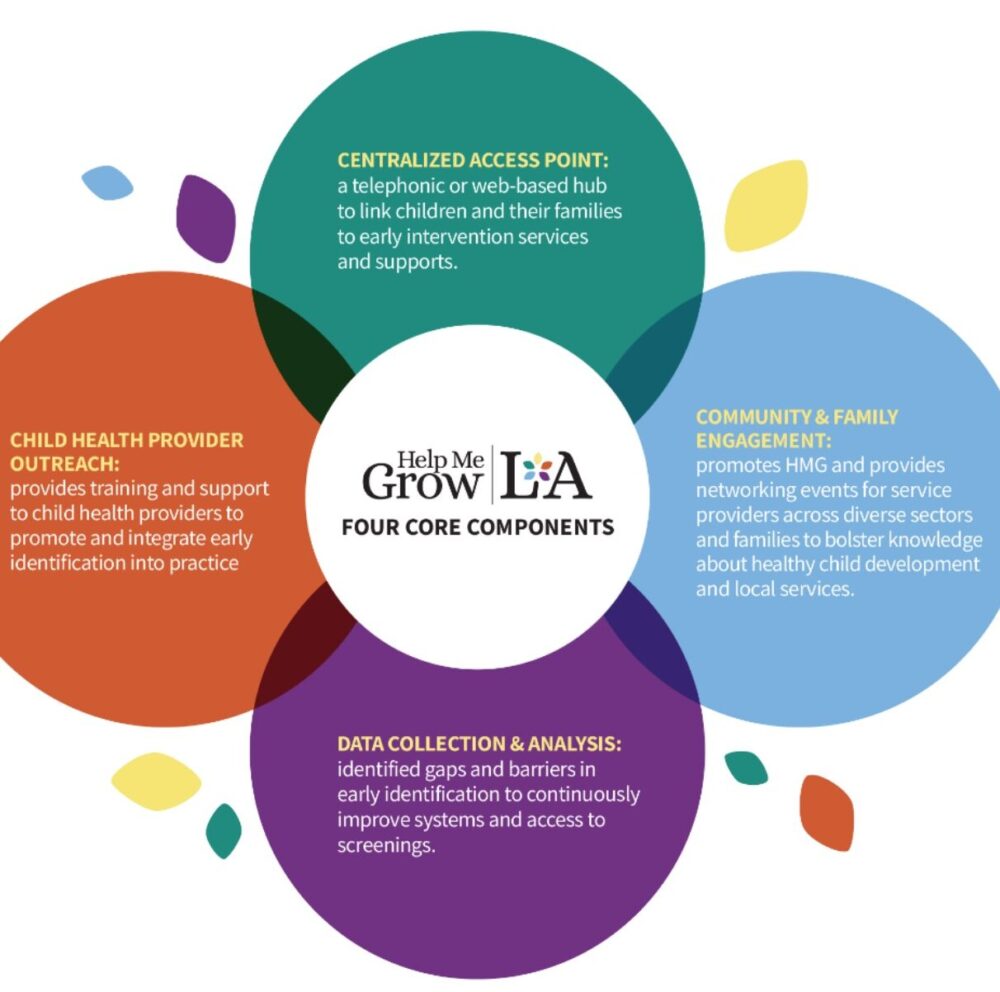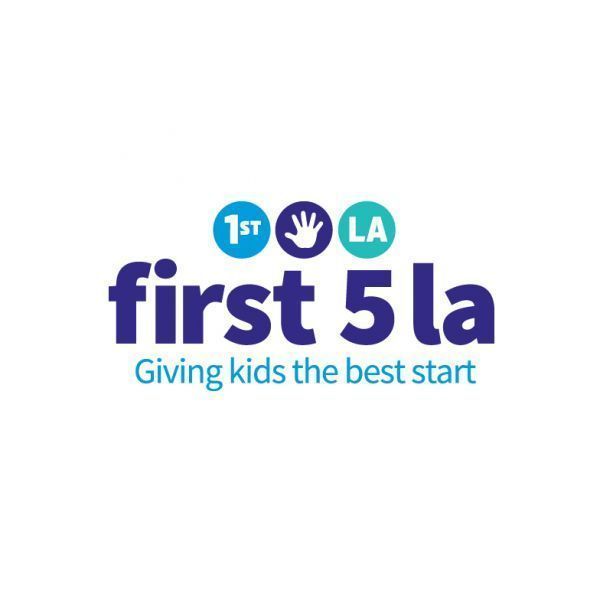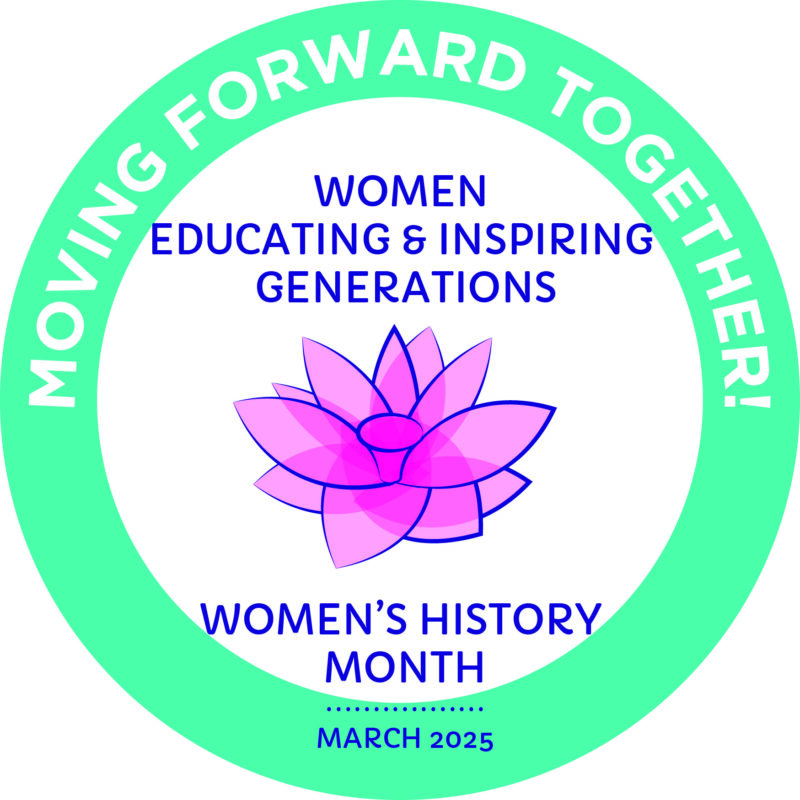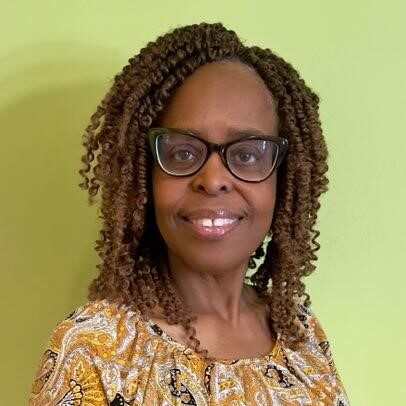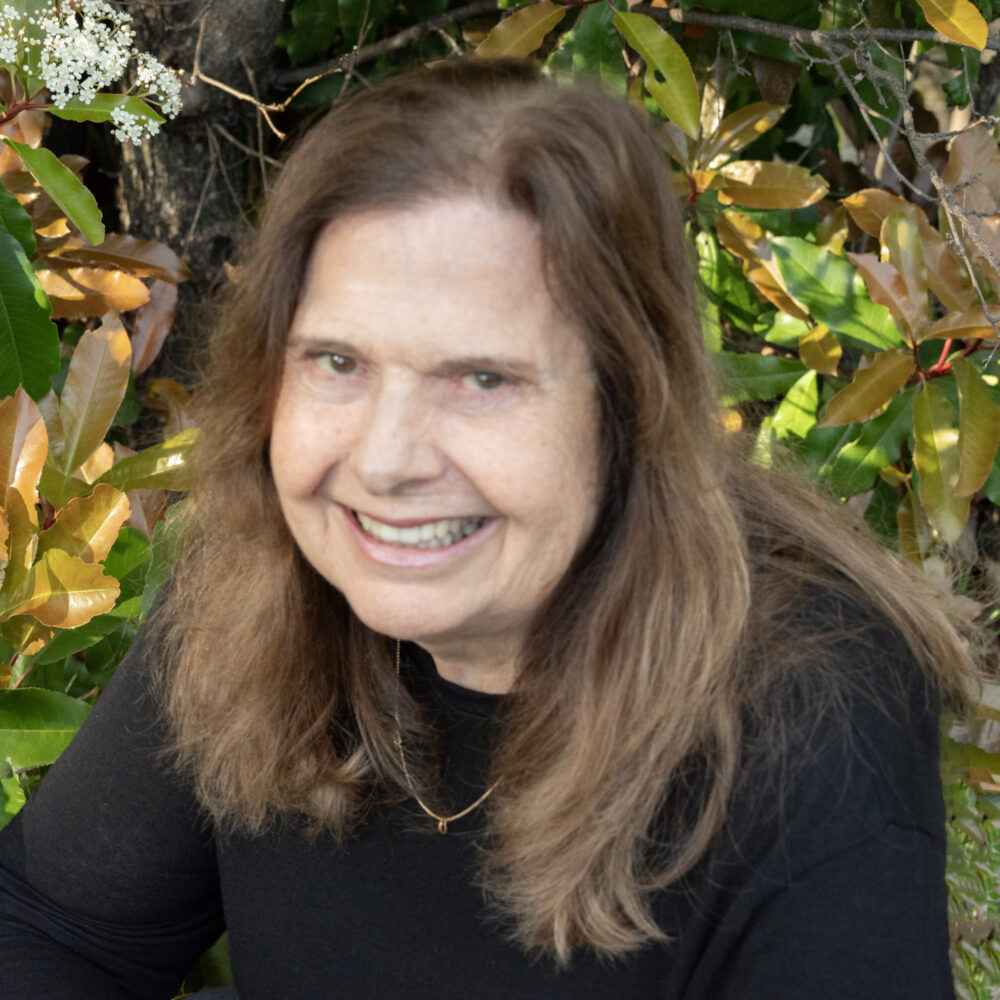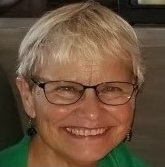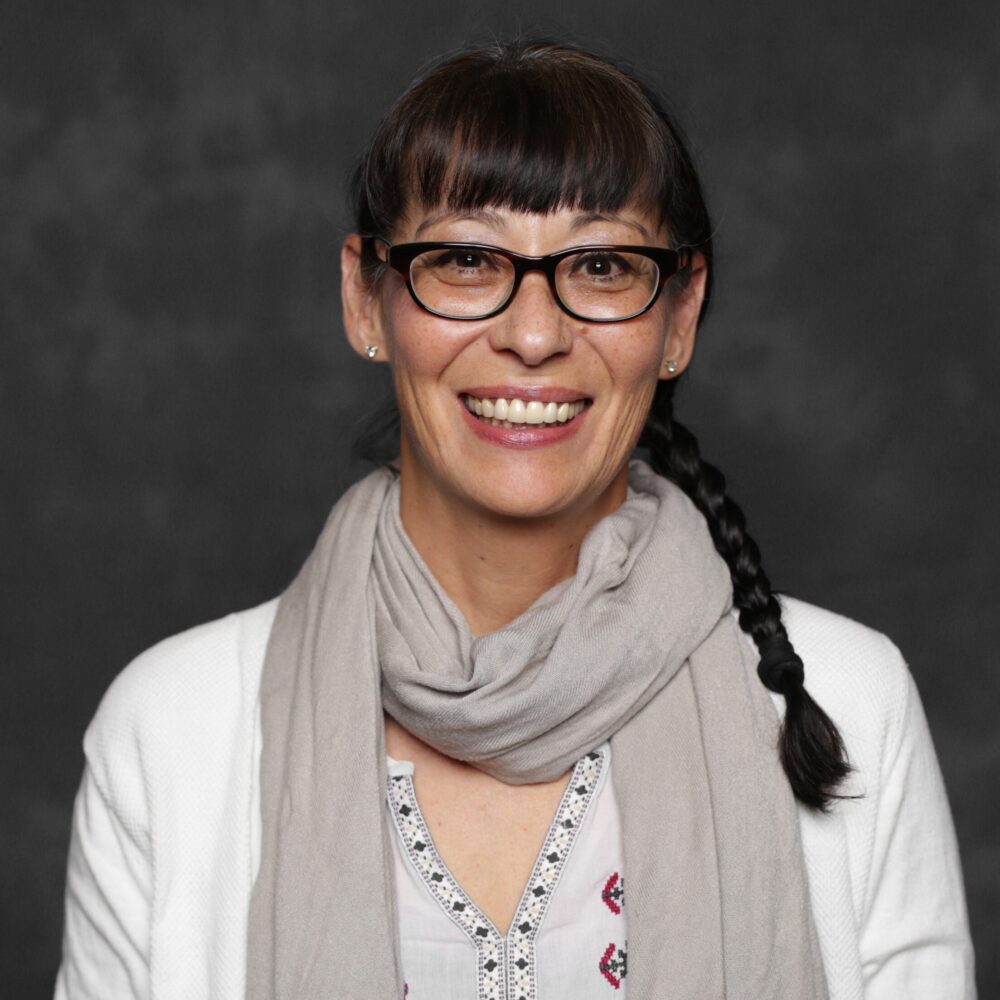March 31, 2022
The community members who lined up at the mic had plenty to say:
“Food stamps don’t help with health or other expenses; many stores don’t know they should take food stamps; you can’t pay for vitamins or electrolytes with food stamps.”
“I have six children, so it’s difficult to see the social worker with my children when I’m breastfeeding. Can you have a corner at the office for breastfeeding and for children, like there is at the malls?”
“We feel belittled by the staff at the CalFresh office; I know the process, and I am not afraid to say that I have a right. But there are people who are not going to do that; they are afraid.”
“Will getting food stamps affect immigration status? A lot of people won’t apply because they are scared it will impact their status.”
These speakers were just a handful of the more than 400 community members who took part in an extensive exploration of the CalFresh experience — a 2 ½ year countywide process marked by a global pandemic, unstable food supply chains, and major policy changes to the program in question. Taking place throughout 2020, the sessions focused on the state’s CalFresh program, which offers a much-needed lifeline for food-insecure households. Through CalFresh, a family of four may be eligible to receive up to $680 for use in grocery stores and participating farmers markets.
But in Los Angeles, too many eligible families are not enrolling in the program. Recent data indicate that L.A. ranks among the bottom third of California’s 58 counties, with a CalFresh participation rate of 66.3% — well below other counties such as San Bernardino, where more than nine out of 10 eligible families are enrolled. Of those households that participate in the program, 74% are families with children, and nearly half are working families.
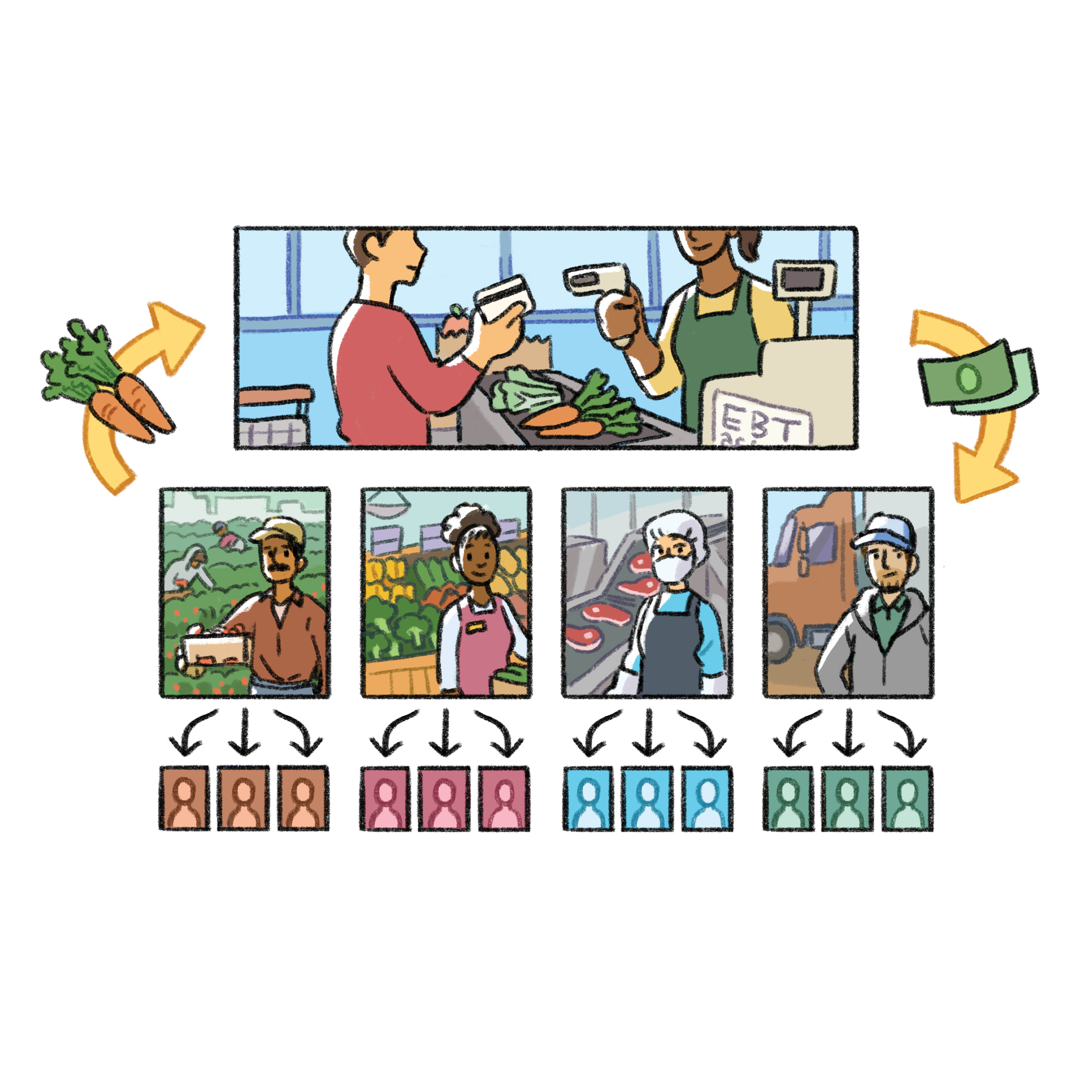 First 5 LA has long recognized the importance of improving food access for families with young children. In addition to spearheading a program that doubled CalFresh and WIC nutrition benefits for low-income families, the agency has also supported policy initiatives aimed at improving nutrition standards in L.A. County cities, invested in community gardens, and more. More recently, in its 2020-2028 Strategic Plan, First 5 LA reaffirmed its role in optimizing policies, partnerships and advocacy opportunities to address challenges to optimal food access.
First 5 LA has long recognized the importance of improving food access for families with young children. In addition to spearheading a program that doubled CalFresh and WIC nutrition benefits for low-income families, the agency has also supported policy initiatives aimed at improving nutrition standards in L.A. County cities, invested in community gardens, and more. More recently, in its 2020-2028 Strategic Plan, First 5 LA reaffirmed its role in optimizing policies, partnerships and advocacy opportunities to address challenges to optimal food access.
With this in mind, the agency joined forces with the L.A. County Department of Public Social Services (DPSS) and Los Angeles Food Policy Council (LAFPC) on a Community Listening Tour focused on improving CalFresh participation. The goal was simple: talk with community members across all five of First 5 LA’s Best Start Regions to gain a better understanding of what was hindering participation in the program. The listening sessions also provided DPSS with a built-in opportunity where staff could provide in-person enrollment assistance for those in attendance.
That had been the original plan at least. The tour kicked off in fall 2019, with listening sessions in three Best Start Regions — Wilmington, West Athens and San Fernando — that made it easy for residents to attend and speak candidly about their CalFresh experiences. But the emergence of COVID-19 in March 2020 brought an abrupt halt to all activities.
For the next few months, an air of uncertainty hung over the remaining listening sessions. Finally, after numerous discussions, First 5 LA, DPSS and LAFPC arrived at the same conclusion: given the unique needs of each region, meeting with the last two communities was crucial. The three partners swung into action to organize and promote the last two legs of the listening tour, which would be completed via Facebook Live. While the format was not the most ideal — there would be challenges in both recruiting participants and ensuring full engagement — it was the only way of ensuring the findings would represent all of L.A. County.
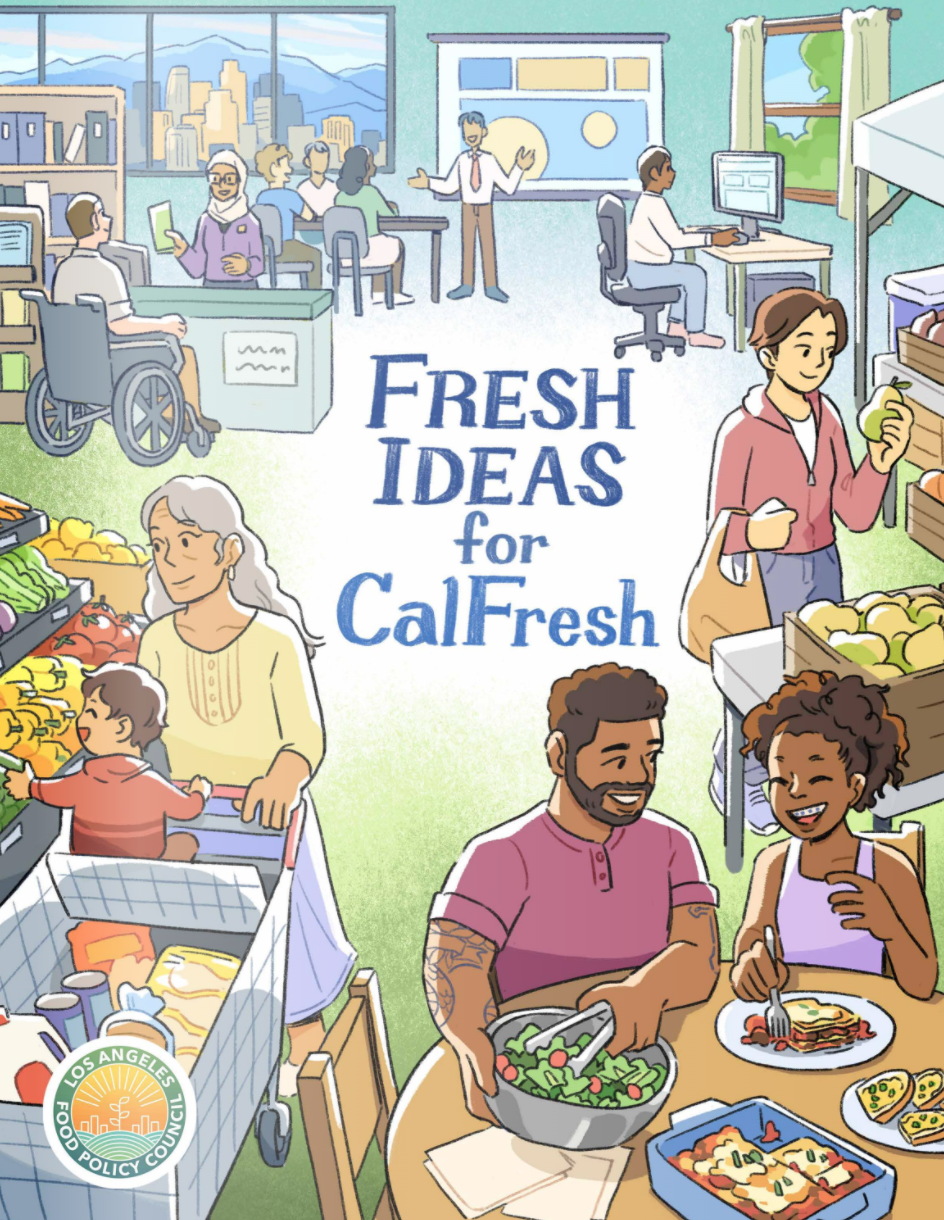
After more than two years, the endeavor has paid off. This week, LAFPC released Fresh Ideas for CalFresh, a 40-page report that offers a better understanding of community members’ experiences with CalFresh, while identifying ways to improve access and enrollment to the program. In addition to identifying several key themes from the listening sessions, the report offers recommendations to strengthen CalFresh’s reputation and decrease stigma and misinformation; expand cultural and linguistic support services; reduce the administrative and emotional burdens experienced by families; and increase families’ access to local food options.
“The community voice was a key component of this report. Not just having them ask questions but having them provide recommendations and potential solutions. That for me is really unique because communities are telling us how best to serve them.” – First 5 LA Communities Program Officer Natasha Moise
Some of the report’s recommendations are already in play here in Los Angeles. For instance, Nicole Williams, a DPSS administrator who participated in the Listening Tour, notes that DPSS has been working to both simplify CalFresh access and provide a non-stigmatizing environment. Changes to the program include giving families the ability to apply from the safety of their homes through the CalFresh intake call center, where they can complete an application and interview over the phone in one sitting or online through DPSS’ own Your Benefits Now! application portal. Los Angeles is also one of several counties that are partnering with Code for America to ease enrollment difficulties through innovative sites like GetCalFresh.org.
For First 5 LA Program Officer Natasha Moise, who coordinated the Listening Tour, the new report illustrates an innovative and more collaborative way of improving programs like CalFresh — one where community members are not just seen as recipients of services, but as active partners in the design of those services. The initial listening sessions were designed to include small breakout groups where community members worked together to develop recommendations that would be incorporated in the final product.
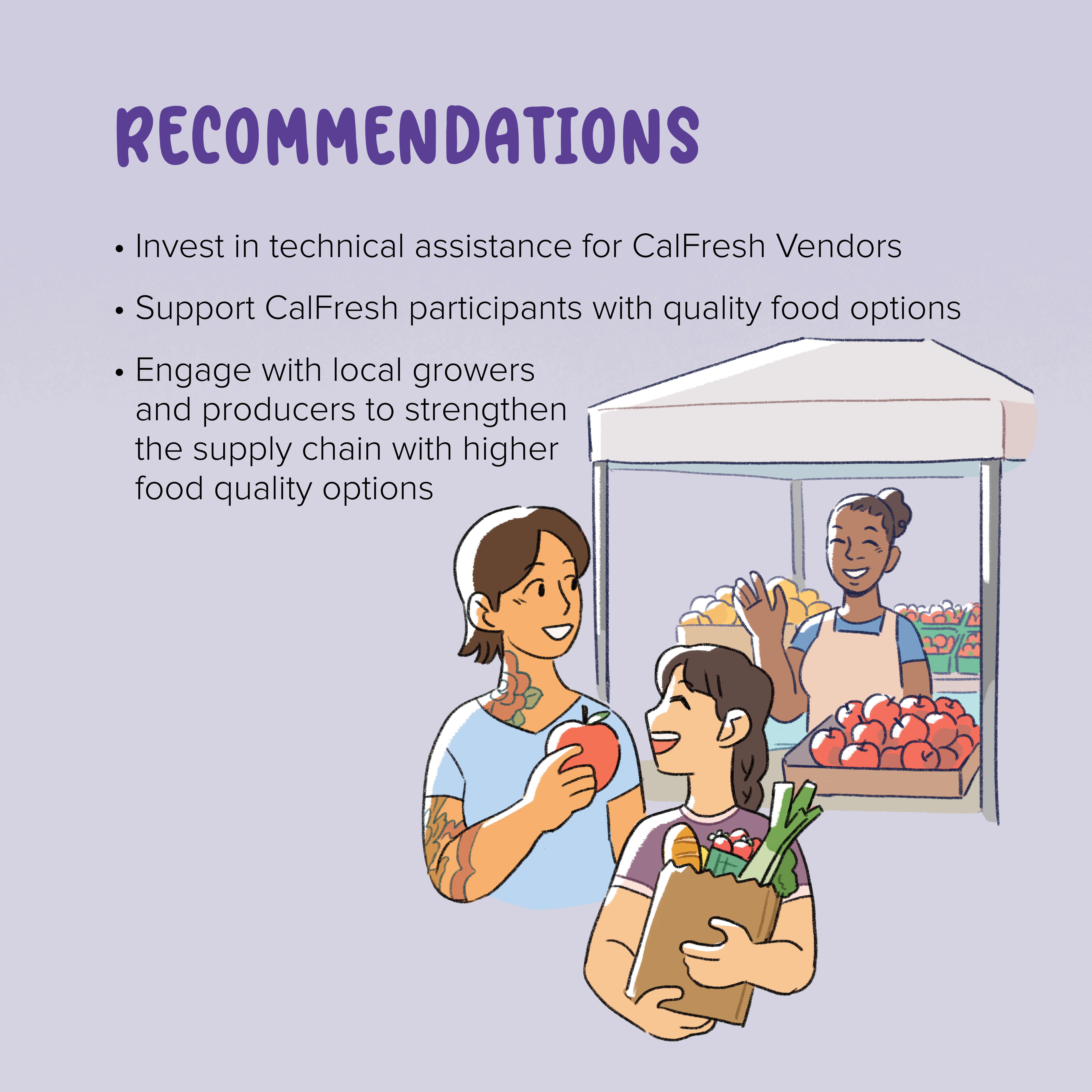 “The community voice was a key component of this report,” Moise says. “Not just having them ask questions but having them provide recommendations and potential solutions. That for me is really unique because communities are telling us how best to serve them.”
“The community voice was a key component of this report,” Moise says. “Not just having them ask questions but having them provide recommendations and potential solutions. That for me is really unique because communities are telling us how best to serve them.”
Moise also credits LAFPC with leading in the work to engage community members. Working in partnership with DPSS and F5LA, they crafted a deliberate yet flexible process that considered not just the needs of the project, but those of their partners on the ground as well. This process was especially important when working with Best Start Regional Network Grantees (RNGs) — local organizations that played a major role in producing the listening sessions — as well as organizations like SBCC that support resident engagement activities in First 5 LA’s Best Start communities.
“It’s crucial to build in extra time for those relationships, advises Moise. “Local partners like RNGS are the backbone of our work with the community. It’s important to be respectful of their own processes.”
DPSS’ Nicole Williams says that playing an active role in the sessions gave CalFresh staff a much-needed opportunity to meet families where they lived, get feedback about the program as experienced on the customer side, and answer audience members’ questions about their specific circumstances. Even better, the events provided opportunities for onsite enrollment.
“Knowledge building is a form of mutual aid. This is especially true in the context of systems like CalFresh. We want to facilitate increased knowledge and understanding of the program so that it’s a positive experience, both for CalFresh families and the staff who run the program.” – Los Angeles Food Policy Council Executive Director Christine Tran
“It was very fulfilling for us as a department,” Williams says. “It also allowed us to speak directly to the actions we had taken in our program and in our department to streamline the process for customers and make it more friendly.”
With the release of the report, the next phase of the work begins. LAFPC Executive Director Christine Tran sees the report as a valuable tool in both activating advocacy for policy change as well as promoting an increased understanding of CalFresh — on both sides of the program.
“Knowledge building is a form of mutual aid,” Tran observes. “This is especially true in the context of systems like CalFresh. We want to facilitate increased knowledge and understanding of the program so that it’s a positive experience, both for CalFresh families and the staff who run the program.”
The new report can be accessed at www.goodfoodla.org/calfresh.
